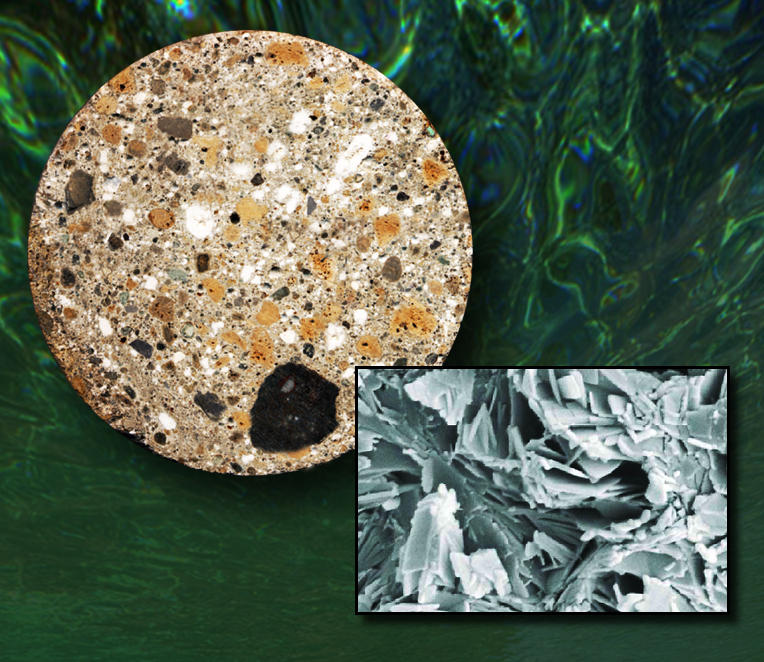Archaeologists will next week begin the search for an elusive Roman fort believed to be located somewhere in the northeast of Scotland.
Dr Birgitta Hoffmann, Co-Director of The Roman Gask Project, based at the University of Liverpool, will lead a team of experienced volunteers in their search for a Roman fort which is believed to exist, but has been ‘missing’ for almost 2,000 years. It’s not certain that a fort actually exists, but if it does, it is likely to lie somewhere between the last known (and most northerly) fort at Stracathro (Brechin) and the northeast coast.
Rome’s first frontier
Locating the fort would be the first such discovery beyond the Antonine Wall in 30 years, and would form another piece of the Gask frontier. The Gask Ridge system was constructed sometime between 70 and 80 CE long before either Hadrian’s Wall (122-130 CE), and the Antonine Wall (142-144 CE). Although the Gask Ridge was not an unbroken defensive wall, it may be Rome’s earliest fortified land frontier based on forts and watchtowers along a military road. Blocking the glens with garrisoned forts disrupted the Caledonian tribes ability to raid the fertile lowlands and effectively created a border between Roman occupied lands and the north and west.
This Roman land frontier stretches from just north of Stirling up to Stracathro. The frontier comprises of a series of Roman forts and watchtowers, with a legionary fortress near Blairgowrie.
Read the rest of this article...









